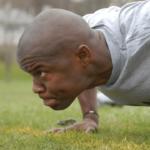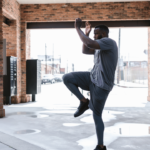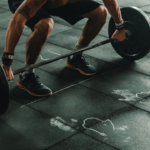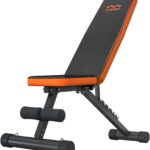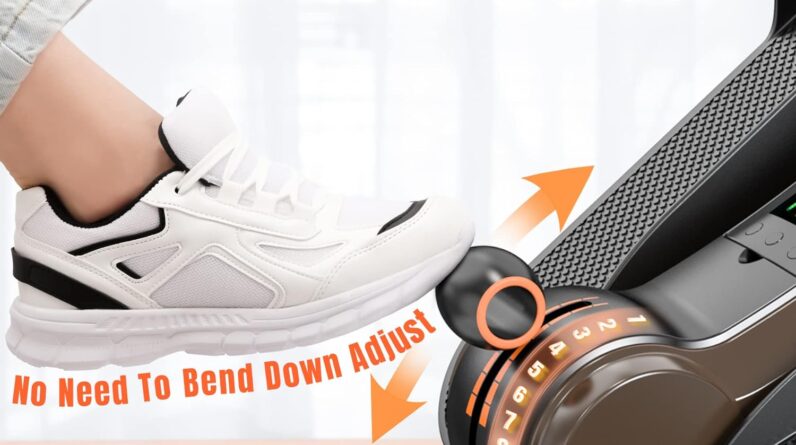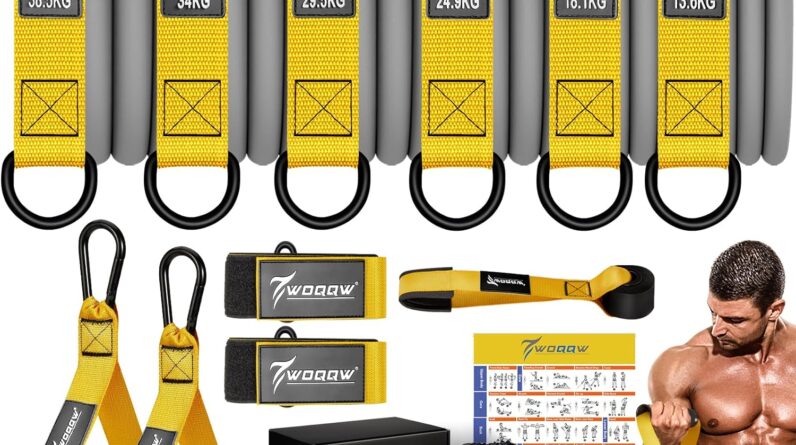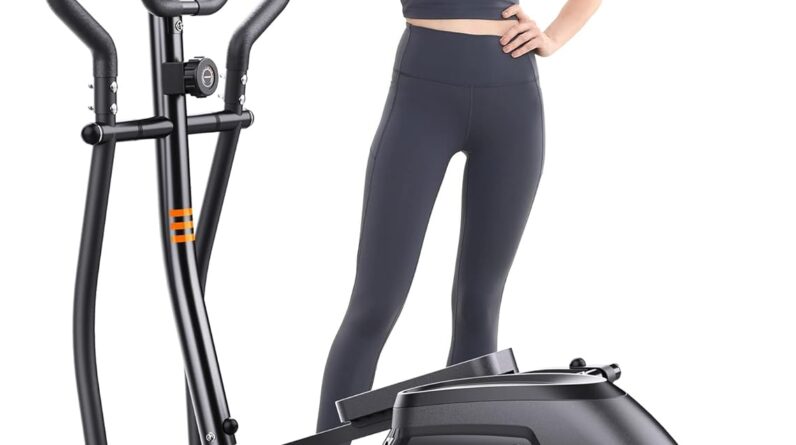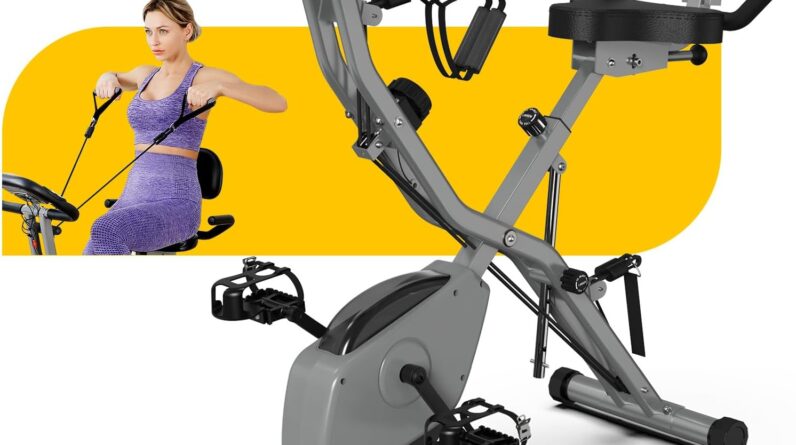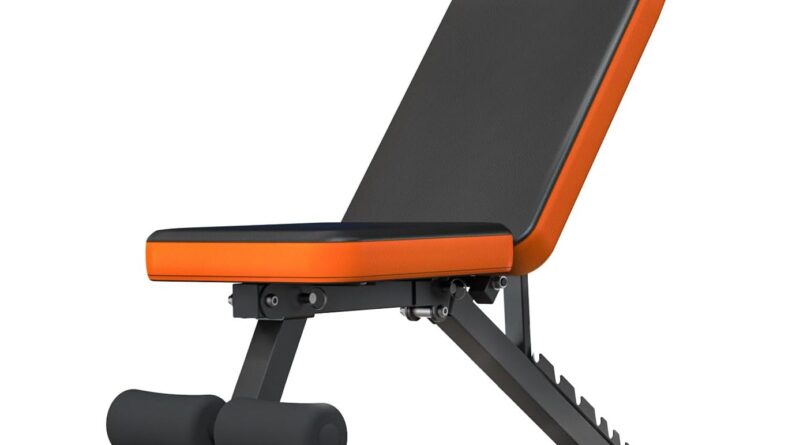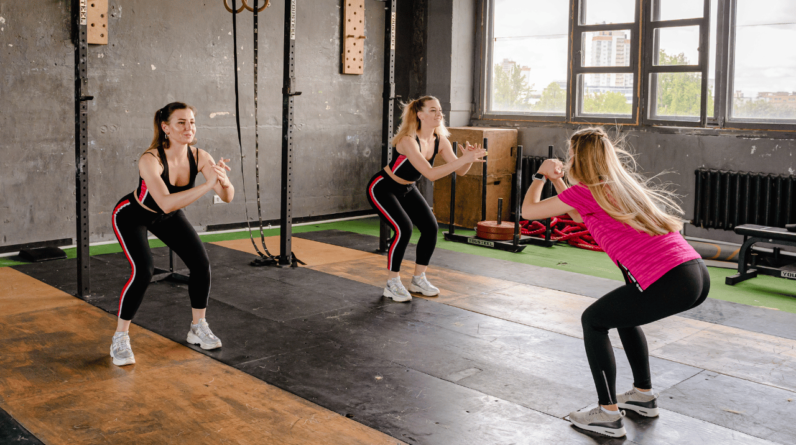
Disclaimer: This post may contain affiliate links. As an Amazon Associate, we earn from qualifying purchases.
Are you tired of the same old gym routine? Looking for a way to improve your strength and fitness without the need for heavy weights or fancy equipment? Look no further than functional bodyweight exercises. These exercises, which focus on movements like squatting, lunging, and pushing, are the foundation of strength and functional fitness. They can be done anywhere, making them perfect for those who prefer to workout at home or on the go.
By mastering these movements, you can improve your everyday strength and overall fitness. In this article, we will explore the benefits and importance of functional bodyweight exercises, recommended exercises to try, progression and modification options, as well as tips for proper form.
Get ready to take your fitness to the next level and become a master of functional bodyweight exercises.
What is it?
So, what you need to know about functional bodyweight exercises is that they’re the foundation of strength and functional fitness.
These exercises focus on a variety of movements such as squatting, lunging, hinging, pushing, pulling, and rotating, which work your entire body. The great thing about these exercises is that you can do them anywhere, without the need for fancy equipment or a gym membership. They provide quick and simple workouts that can easily be modified based on your fitness level and goals.
Functional bodyweight exercises are designed to improve your overall strength and help you move better in your everyday life. They target multiple muscle groups at once, ensuring that you’re building functional strength that translates to real-life activities. These exercises also improve your mobility, flexibility, and balance, making you more agile and reducing the risk of injuries.
To master these movements, it’s important to focus on proper form and technique. Pay attention to your body positioning, engage your core, and maintain good alignment throughout each exercise. Start with the basics and gradually progress as you build strength and confidence.
With consistency and dedication, you’ll be able to perform these exercises with ease and reap the benefits of functional bodyweight training.
Benefits and Importance
To truly understand the significance of these workouts, imagine this: incorporating bodyweight exercises into your routine can lead to a 30% reduction in the risk of chronic diseases and a 50% decrease in the likelihood of injury during daily activities. The benefits and importance of functional bodyweight exercises are undeniable.
By focusing on mastering these movements, you’re not only building strength but also improving your functional fitness. Bodyweight exercises target multiple muscle groups simultaneously, enhancing your overall stability and coordination. This is crucial for everyday activities such as lifting groceries, climbing stairs, or playing with your kids.
Another key benefit is the convenience and accessibility of bodyweight exercises. You can perform them anywhere, at any time, without the need for expensive equipment or gym memberships. This eliminates any excuses for not staying active and maintaining your health.
Furthermore, bodyweight exercises allow for endless variations and modifications, making them suitable for individuals of all fitness levels. Whether you’re a beginner or an advanced athlete, there’s always a way to challenge yourself and progress.
Incorporating functional bodyweight exercises into your routine not only strengthens your muscles but also improves your overall physical capabilities. It’s an effective way to enhance your daily performance and ensure that you’re ready for whatever challenges life throws at you.
So, start incorporating these exercises into your routine and experience the transformative power of mastering your body’s movements.
Recommended Exercises
Get ready to level up your workout routine with these recommended exercises that will help you achieve your fitness goals and improve your overall physical performance.
These functional bodyweight exercises are designed to target different muscle groups and enhance your everyday strength.
First, let’s start with the bodyweight squat. This exercise targets your lower body and improves hip mobility. Focus on maintaining a proper form and engaging your glutes and quads.
Next, try the single-leg deadlift. This exercise challenges your stabilization and balance while strengthening your hips, quads, hamstrings, glutes, and core. Keep your back straight and hinge at the hips as you lower your torso and lift one leg behind you.
To work on your core strength, incorporate the straight-leg sit-up into your routine. This exercise is a safer alternative to crunches and engages your core effectively.
For a foundational exercise that targets your shoulders, core, and hips, try the elbow or palm plank. Maintain a straight line from your head to your heels and hold the position for as long as you can.
These are just a few examples of the recommended bodyweight exercises that can help you master movements for everyday strength. Remember to focus on proper form and aim to progress over time. With dedication and consistency, you’ll see improvements in your overall fitness and functional performance.
Progression and Modification
Ready to take your workout to the next level? Let’s talk about how you can progress and modify your exercises for maximum results and an even greater challenge.
As you continue to master the foundational bodyweight exercises, it’s important to constantly push yourself and adapt your routine.
To progress your bodyweight exercises, you can increase the difficulty by adding resistance or increasing the range of motion. For example, you can hold a dumbbell or wear a weighted vest during your squats or lunges to make them more challenging. You can also try doing single-leg variations of exercises like the squat or deadlift to further challenge your stability and strength.
Modification is also key to ensure that you’re constantly challenging your body and avoiding plateaus. If an exercise becomes too easy, try adding variations or progressions to make it more challenging. For example, you can elevate your feet during a push-up to increase the difficulty or perform a jump squat instead of a regular squat.
Remember to always listen to your body and progress at a pace that is appropriate for you. Push yourself, but also be mindful of your form and technique. By progressing and modifying your bodyweight exercises, you’ll continue to challenge your muscles and improve your overall strength and functional fitness.
Keep pushing yourself and strive for mastery in every movement.
Tips for Proper Form
Practicing proper form is like laying a solid foundation for your workout, ensuring that your movements are precise and effective. When it comes to functional bodyweight exercises, mastering the movements requires attention to detail and a focus on proper form.
Here are some tips to help you maintain proper form during your workouts.
First and foremost, it’s important to maintain a neutral spine throughout the exercises. This means keeping your back straight and avoiding any excessive rounding or arching. Engage your core muscles to support your spine and keep your body in alignment.
Next, pay attention to your breathing. Inhale during the eccentric (lowering) phase of the movement and exhale during the concentric (lifting) phase. This will help you maintain control and stability throughout the exercise.
Another key tip is to avoid rushing through the movements. Take your time and focus on the muscle groups you are targeting. This will not only improve your form but also enhance the mind-muscle connection, allowing you to maximize the effectiveness of each exercise.
Lastly, listen to your body and make adjustments as needed. If you feel any pain or discomfort, stop the exercise and reassess your form. It’s better to perform the exercises correctly with less intensity than to risk injury by using improper form.
By following these tips and practicing proper form, you will be well on your way to mastering functional bodyweight exercises and achieving everyday strength. Remember, precision and attention to detail are key in your journey towards mastery.
Frequently Asked Questions
How long does it take to see results from doing functional bodyweight exercises?
It typically takes several weeks of consistent practice to see noticeable results from doing functional bodyweight exercises. However, individual results may vary based on factors such as fitness level, diet, and adherence to a proper exercise routine. Keep pushing and stay consistent!
Can bodyweight exercises be effective for building muscle mass?
Yes, bodyweight exercises can indeed be effective for building muscle mass. By consistently performing challenging movements and progressively increasing the difficulty, you can stimulate muscle growth and achieve noticeable results over time.
Are bodyweight exercises suitable for beginners or only for advanced fitness levels?
Yes, bodyweight exercises are suitable for beginners. They can be modified based on fitness level and goals. Start with foundational movements like squats and lunges, gradually progressing to more challenging exercises as you build strength and confidence.
Can functional bodyweight exercises help with weight loss?
Yes, functional bodyweight exercises can help with weight loss. By engaging multiple muscle groups, these exercises increase calorie burn and improve overall strength and fitness. Aim to progress over time for optimal results.
What are some common mistakes to avoid when performing functional bodyweight exercises?
When performing functional bodyweight exercises, it is important to avoid these common mistakes: 1) Poor form, 2) Lack of mind-muscle connection, 3) Neglecting proper warm-up, 4) Overtraining, and 5) Not listening to your body’s signals.
Key Takeaways
- Bodyweight exercises are the foundation of strength and functional fitness, focusing on squatting, lunging, hinging, pushing, pulling, and rotating movements.
- These exercises can be done anywhere and offer quick and simple workouts that can be modified based on fitness level and goals.
- Specific bodyweight exercises such as bodyweight squats, single-leg deadlifts, and elbow or palm planks target different muscle groups and improve strength, stability, and mobility.
- Natalie Jill’s bodyweight workout circuit, consisting of modified lunges, flutter kicks, triceps sit-throughs, pike walkouts, side plank walks, three-legged dog with crossover, and lean back with twist exercises, effectively strengthens the core and can be done at home without the need for heavy weights.
Conclusion
In conclusion, mastering functional bodyweight exercises is essential for improving everyday strength and overall fitness. By focusing on movements like squats, lunges, and push-ups, you can target multiple muscle groups and achieve visible results without the need for heavy weights or a gym membership.
Remember, ‘Rome wasn’t built in a day,’ so be patient and consistent with your training to see progress over time. With proper form and modifications based on your fitness level, you can reap the benefits of these exercises and reach your health goals.
So, get started and embrace the power of bodyweight training!
As an Amazon Associate, we earn from qualifying purchases.


